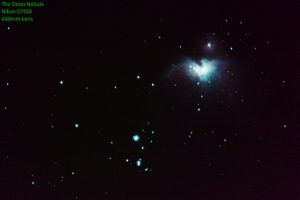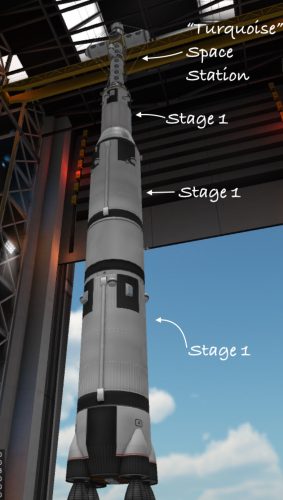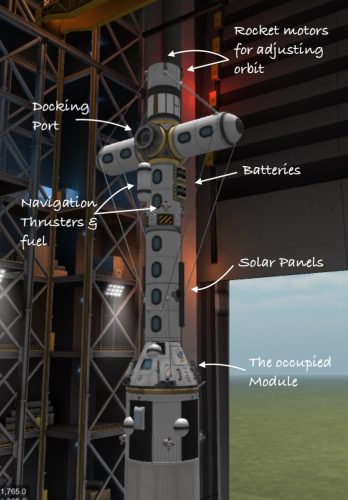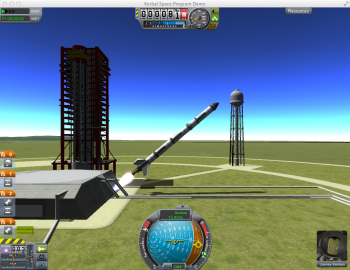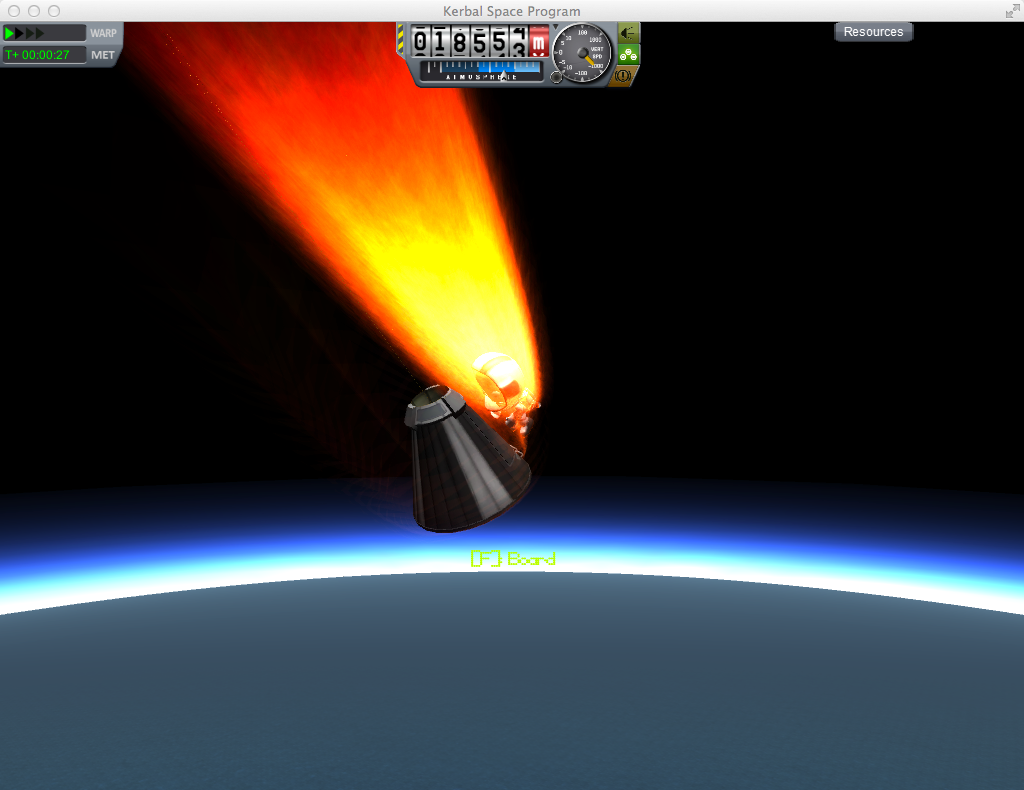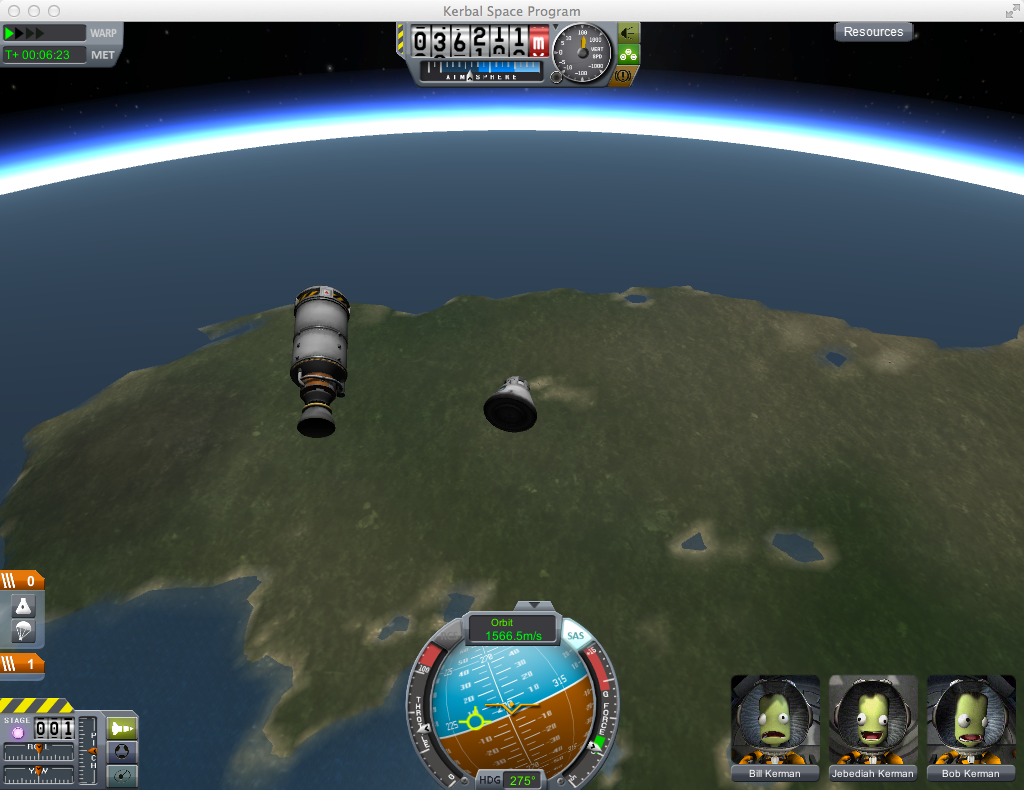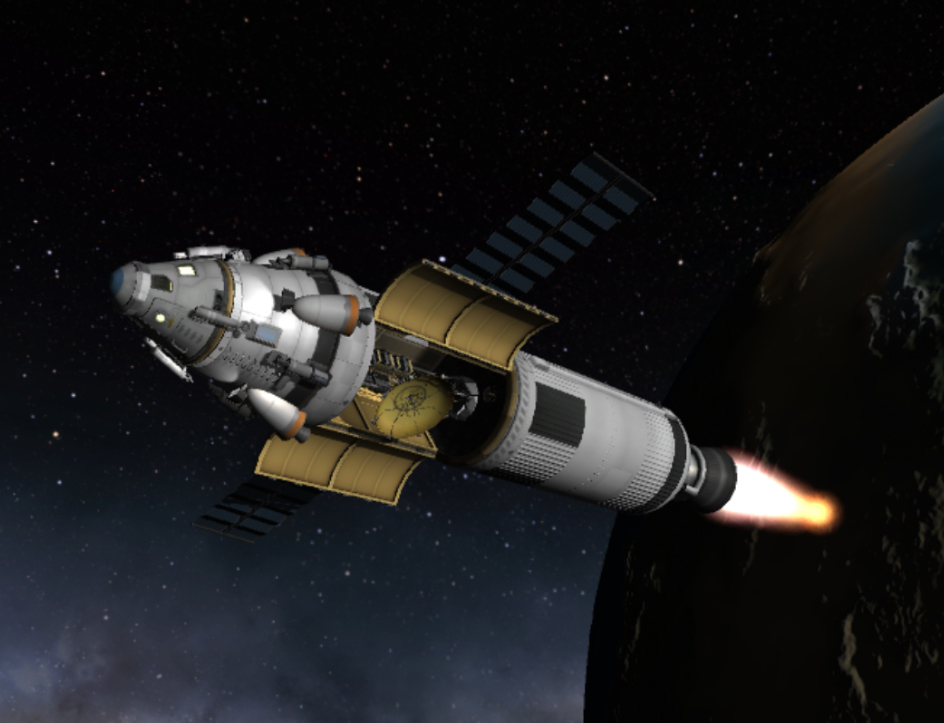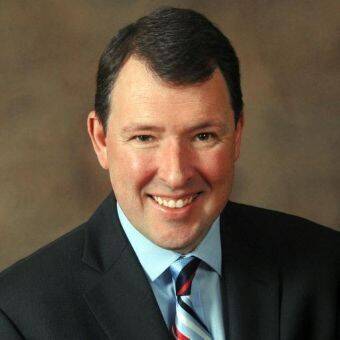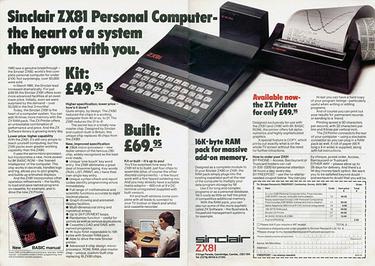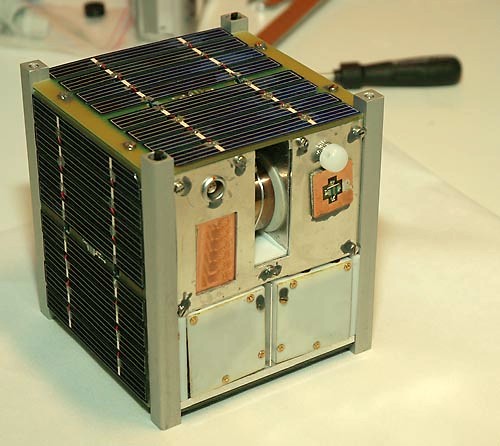Part 1
I’ve been working on a project that, unfortunately, has gotten a bit out of control. It happens when you’re old and you’re reminded that you are no longer as smart as you think you use to be. Life’s a ride.
My research question was something like, “Can I determine political bias in the web texts of news articles?”
MY BIAS
 I entered this project with acknowledged biases. It has been my opinion that some 24-hour news networks have become a leading cause of the toxic polarization that has infected our lives, thus my interest in the question. It seems to me that their business plans depend on attracting viewers and readers, and keeping their attention. This is not an uncommon strategy for web sites trying to maximize ad revenues.
I entered this project with acknowledged biases. It has been my opinion that some 24-hour news networks have become a leading cause of the toxic polarization that has infected our lives, thus my interest in the question. It seems to me that their business plans depend on attracting viewers and readers, and keeping their attention. This is not an uncommon strategy for web sites trying to maximize ad revenues.
However, I believe that the news that we use to understand our world is sacred to a sustainable democratic society, and some news services have tried to do business by exploiting some of our baser tendencies by spicing their commentary and analysis with controversy and conspiracy, dangerously corrupting the integrity of that news.
METHOD
For the study, I began by analyzed 15 stories from the home pages of three news providers, all captured on February 24, 2024 between 9:00 and 9:15 AM.
My subjects were:
- Fox News, whom I believe to be biased toward the right, conservative, Republican ideologies.
- MSNBC, whom I believe to be biased toward the left, liberal, Democratic ideologies.
- NPR, whom I believe to be mostly objective and neutral in its deliveries.
An Early Surprise: One of my first surprises was realizing, after initially scanning through the files, that there were articles on all three news web sites that I was anxious to finish reading, for the enjoyment of learning something new. This knocked my socks off.
Next Reports:
I hope to illustrate some of the data that I’ve collected and a few personal insights in following posts. Topics will include the writers, the text, advertising & political sentiment.
I will also be accumulating it all here: 2¢ Worth [2cents.onlearnin.us].

